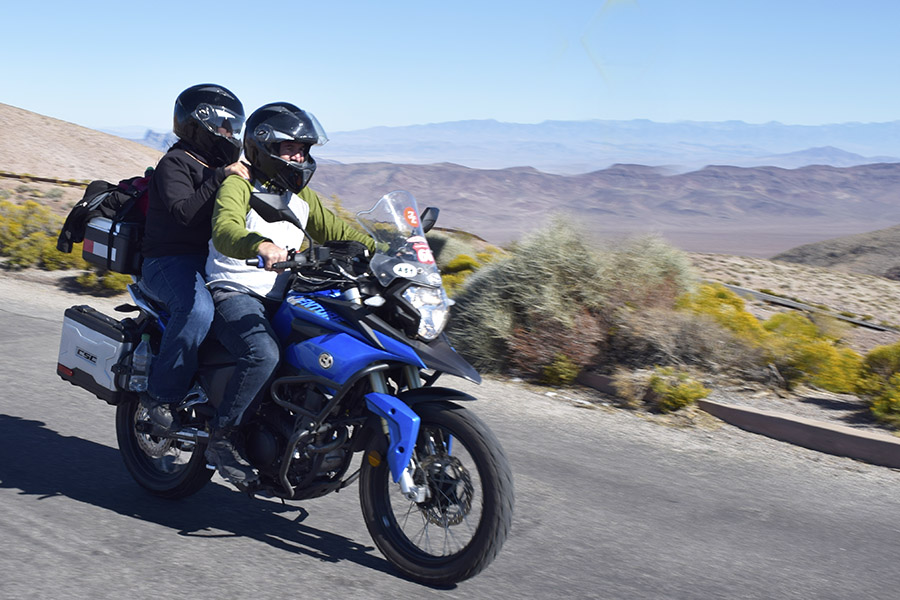By Joe Berk
Zongshen ended production of its iconic RX3 motorcycle and CSC sold the last of its RX3 inventory. I was tangentially involved in bringing the RX3 to America and I had a ton of fun on that motorcycle. Knowing that the RX3 is no longer in production is like hearing an old friend has passed away. In the end, the S-curve prevails for all of us, I guess. But it still hurts. The RX3 was and still is a great motorcycle.
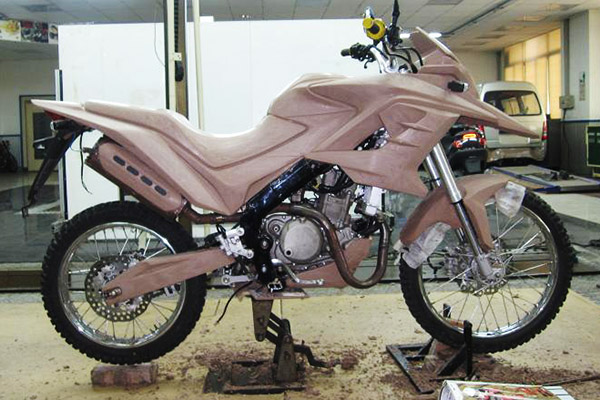
According to my sources in Chongqing, Zongshen first started thinking about a 250cc offroad and adventure touring motorcycle in 2010. Engineering development took about two years (excluding the engine). China’s initial and traditional 250cc was based on a Honda CG125 air-cooled engine, which evolved into 150cc, 200cc, and 250cc variants (the 250cc CG engine was actually 223cc; it is the engine that powers CSC’s current TT 250). The CG-based variants didn’t have the performance Zongshen wanted for its new adventure touring motorcycle, and that led Zongshen to develop a 250cc water-cooled, four-valve engine for Megelli in Italy. It went into the Zongshen NC250 motorcycle. This engine also went into the RX3.

For CSC, the Zongshen connection started with a search for a larger CSC 150 engine. The CSC 150 was the Mustang replica Steve Seidner designed and manufactured in 2009. I was already in China for another client, and it was only an hour flight from Guangzhou to Chonqging for the initial visit to Zongshen. To make a long story slightly less long, CSC started purchasing the Zongshen 250cc engines for the little Mustangs. I think most of the folks who bought those Mustangs really didn’t care if it was a 150 or a 250. Both were capable bikes; my friends and I rode the 150cc version to Cabo and back. It was the 250cc Mustang engine that established the relationship between CSC and Zongshen, though, and that was a good thing.
When CSC’s Steve Seidner noticed an illustration of the RX3 on the Zongshen website, he immediately recognized the RX3 sales potential in the United States. Steve ordered three bikes for evaluation and he started the U.S. certification process. Steve and I did a 350-mile ride on two of those bikes through the southern California desert and we both thought they were great.
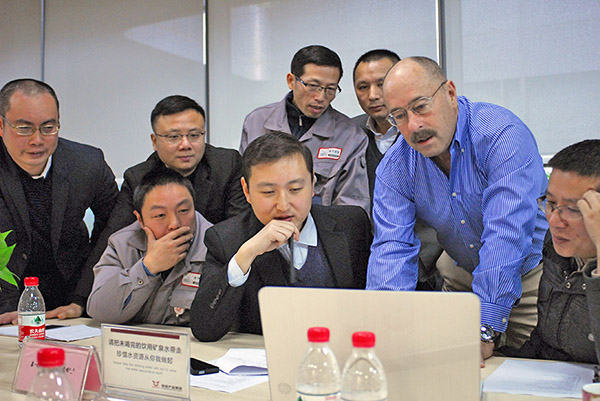
Zongshen was not targeting the U.S. market when they developed the RX3; they thought the U.S. market had different requirements and consumer preferences. The initial RX3 design did not meet U.S. Department of Transportation lighting and other requirements. It was back to China for me to help set up the specs for the CSC RX3 and the initial order.
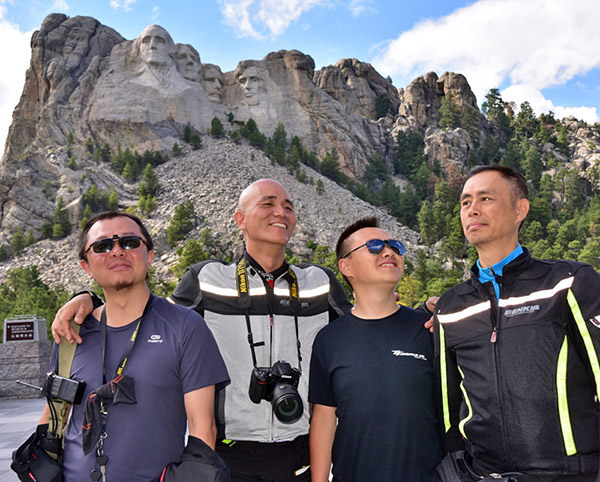
On that early visit, the Chinese told me they wanted to ride in America. They sent over a dozen bikes and as many riders, and we had an amazing 5,000-mile adventure we called the Western America Adventure Ride. Baja John planned the itinerary and mapped out the entire ride; we even had special decals with our route outlined made up for the bikes. We let the media know about it and it was on this ride that I first met Joe Gresh, who wrote the “Cranked” column for Motorcyclist magazine. I made a lot of good friends on that trip. After the trip through the American Southwest, Zongshen invited Gresh and me on a ride around China, and after that, I was invited by AKT on a ride through the Andes Mountains in Colombia.
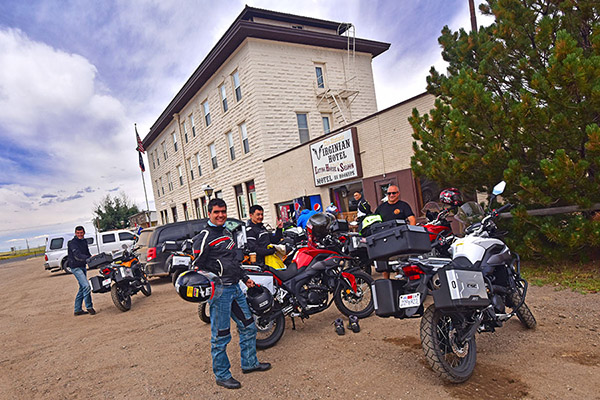
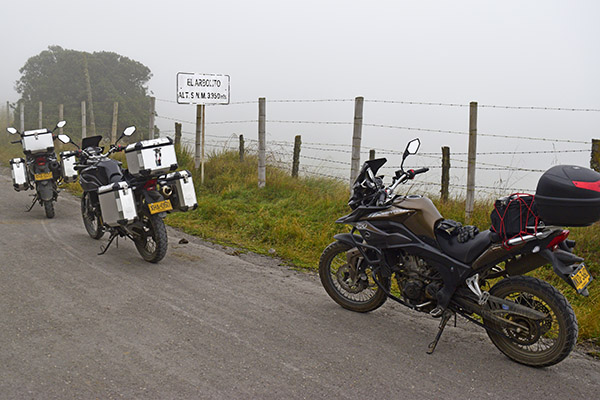
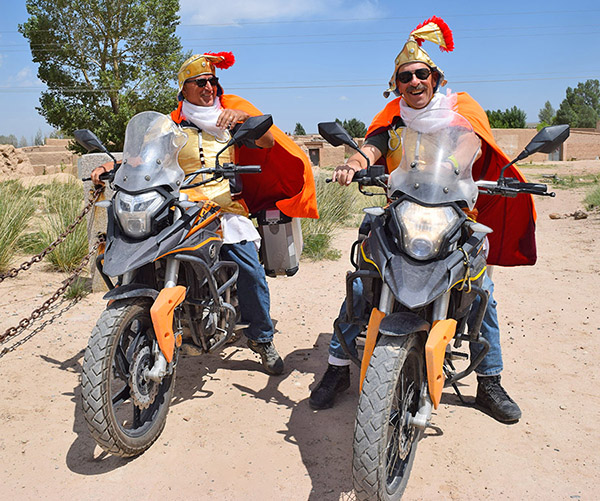
At CSC, we had a lot of discussions on the initial marketing approach. We were looking at a $50,000 to $100,000 hit for an advertising campaign. Maureen Seidner, the chief marketing strategist for CSC and co-owner with Steve, had a better idea: Sell the bikes at a loss initially, get them out in the market, and let the word spread naturally. We knew the price would stabilize somewhere above $4K; Steve’s concept was to sell the bike for $2995. Maureen had an even better idea. $2995 sounded like we were just futzing the number to get it below $3K; Maureen said let’s make it $2895 for the first shipment instead. I wrote a CSC blog about the RX3 and CSC’s plans to import the bike. When I hit the Publish button on WordPress for that blog, the phone rang literally two minutes later and I took the first order from a guy in Alaska. Sales took off with CSC’s introductory “Don’t Miss The Boat” marketing program.
I wrote another CSC blog a week later saying that I was eager to get my RX3 and ride it through Baja. I thought then (and I still think now) that the RX3 is the perfect bike for Baja. The bike does 80mph, it gets 70mpg, it has a 4-gallon gas tank, and everything you needed on an ADV touring machine was already there: A skid plate, good range, good speeds, a six-speed gearbox, a comfortable ride, the ability to ride on dirt roads, panniers, a top case, and more. We started getting calls from folks wanting to ride with me in Baja, and the orders continued to pile in. That resulted in our doing an annual run through Baja for RX3 owners. We didn’t charge anything for the Baja trips. It was a hell of a deal that continued for the next four or five years. I had a lot of fun on those trips and we sold a lot of bikes as a result.
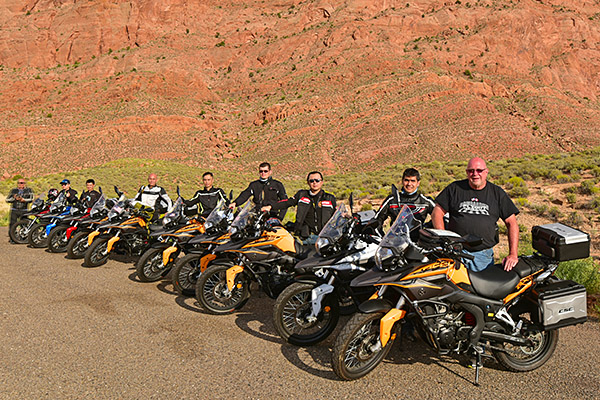
CSC’s enthusiasm surrounding the RX3, the CSC company rides, and CSC’s online presence did a lot to promote the RX3 worldwide, and I know Zongshen recognized that. I visited the Zongshen campus in Chongqing several times. One of the best parts of any Zongshen visit for me was entering their headquarters, where a 10-foot-wide photo of the Western America Adventure Ride participants in Arizona’s red rock country dominated the lobby.
The RX3 was controversial for some. RX3 owners loved the bike. A few others found reasons to hate it, mostly centering around the engine size and the fact that the bike came from China. I spent a lot of time responding to negative Internet comments until I realized that the haters were broken people, there was no reasoning with them, and none were ever actually going to buy the motorcycle anyway. These were people who got their rocks off by throwing rocks at others.
When RX3 production ended recently, I contacted one of my friends at Zongshen and I thought you might enjoy some of what he told me. Zongshen sold 74,100 RX3 motorcycles (35,000 in China; the rest went to other countries including Mexico, Colombia, other South American countries, Singapore, Turkey, and the United States). Colombia alone purchased 6000 units in kit form and assembled their bikes in Medellin. I watched RX3 motorcycles being built in the Zongshen plant in Chongqing; I was also in the AKT factory in Colombia and I saw the RS3 (the carbureted version of the RX3) being built there. Ultimately, RX3 demand dropped off, but 74,100 motorcycles is not a number to sneeze at. The RX3 greatly exceeded Zongshen’s expectations and their initial marketing forecasts, especially in overseas markets. CSC had a lot to do with that success, and playing a minor role in that endeavor has been one of the high points of my life.
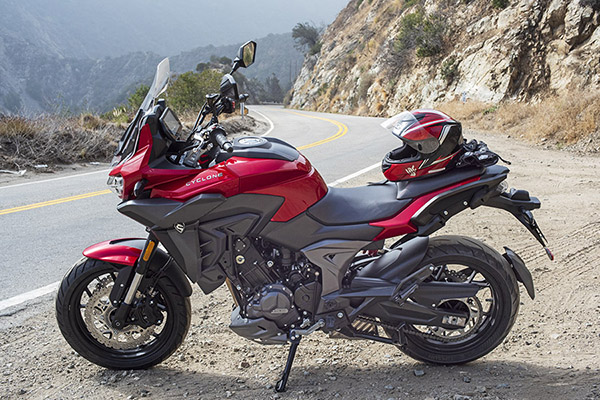
Chinese motorcycle companies today are emphasizing larger bikes. We’ve seen that here with the CSC RX4, the 400cc twins, and the 650cc RX6. I’ve ridden all those bikes and they are great. I like larger bikes, but I still think a 250cc motorcycle is the perfect size for real world adventure riding. I think the emphasis on larger bikes and the decision to drop the RX3 is a mistake, but I haven’t sold millions of motorcycles (and Zongshen, with CSC’s help, has).
That photo you see above at the top of this blog? It’s good buddy Orlando and his wife Velma riding their RX3 up to Dante’s View in Death Valley National Park. Orlando thinks blue is the fastest color, but I know orange is. Sue and I recently visited Death Valley again; watch for the ride reports here on the ExNotes blog.
Visit the CSC website here.
I’ve written several books about the adventures described above. You can order them here.
Never miss an ExNotes blog:

